Welcome to Reggio Calabria:
Where History Meets the Future at the AIIA 2025 Conference
Nestled at the southernmost tip of Italy, Reggio Calabria is a mesmerizing fusion of ancient history, breathtaking landscapes, vibrant art, and unforgettable flavors. A city where the echoes of Magna Graecia meet the dynamic energy of modern culture, it promises an experience that will captivate your senses and ignite your imagination. Prepare to uncover the treasures and timeless charm of this extraordinary destination!
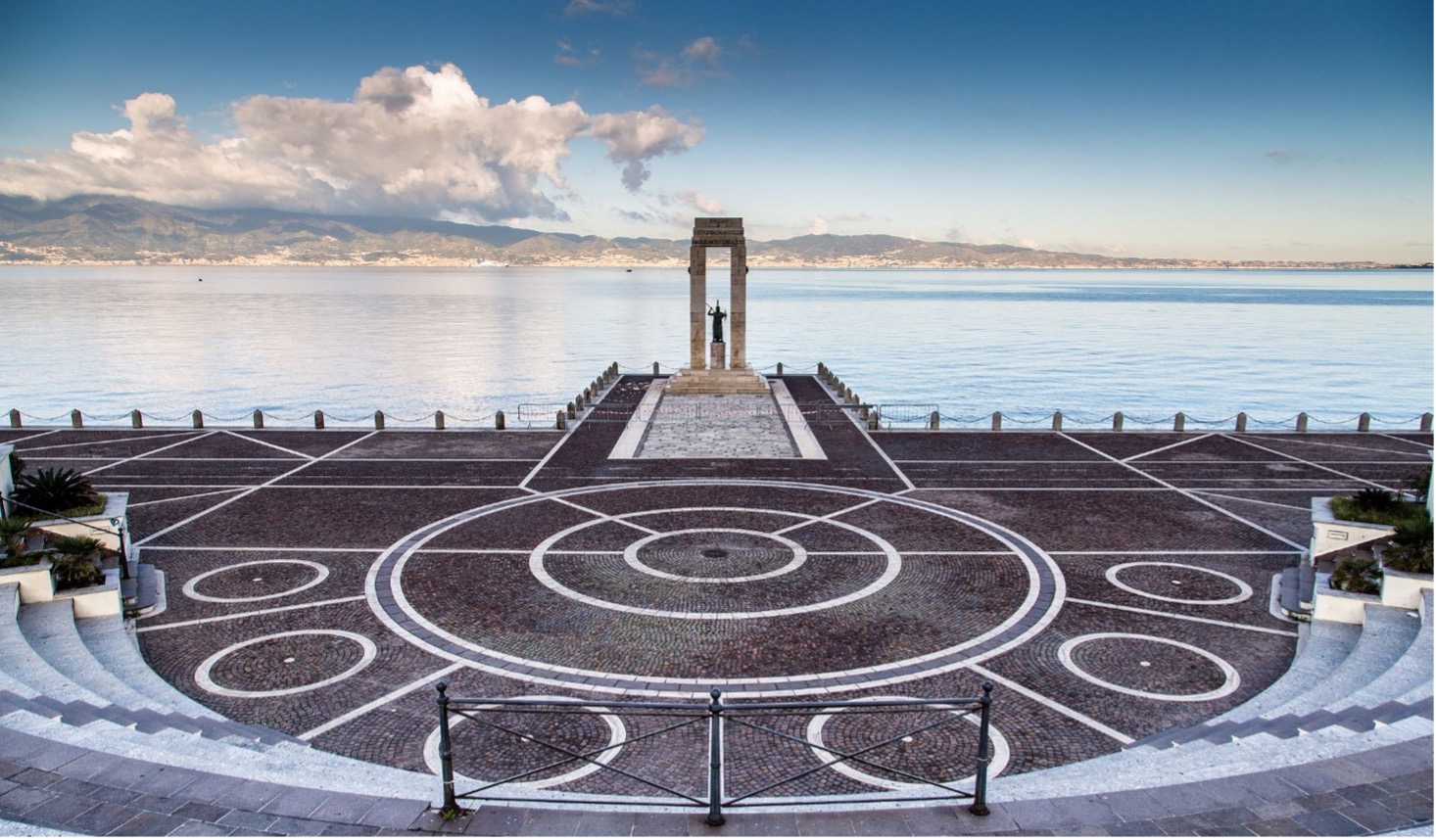
Reggio Calabria, the largest city in Calabria and a gateway to the Strait of Messina, is a place where the past and present seamlessly intertwine. As one of the oldest cities in Italy, its history dates back to the 8th century BCE, when it was founded as “Rhegion”, a thriving colony of Magna Graecia. Today, it stands as a vibrant urban center that preserves its ancient roots while embracing innovation and contemporary culture.
Where Ancient Legends Meet Modern Marvels
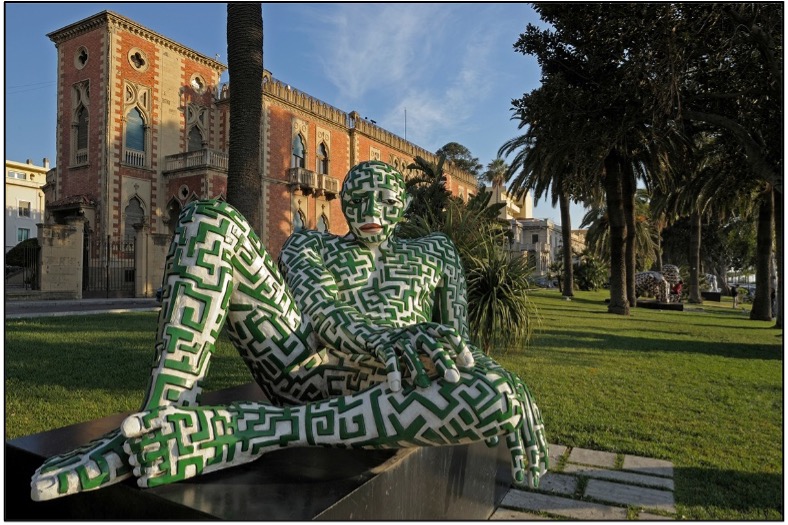 Reggio Calabria Today: A City of Contrasts and Harmony
Reggio Calabria Today: A City of Contrasts and Harmony
Reggio Calabria stands as a city of contrasts, where ancient ruins coexist with modern art installations, and the echoes of the past resonate in the rhythm of a contemporary urban life. It is a city that celebrates its legacy while looking boldly to the future, offering a dynamic blend of tradition and innovation to anyone who visits.
Whether strolling along the enchanting seafront, exploring ancient artifacts, or savoring its distinctive flavors, Reggio Calabria invites you to experience its timeless charm and vibrant present.
 A Modern Cultural Hub
A Modern Cultural Hub
Reggio Calabria is now a thriving center of art, education, and culture. The city’s Francesco Cilea Theater and other cultural venues host modern performances and artistic events, further cementing its role as a vibrant cultural hub. Throughout the year, Reggio comes alive with contemporary festivals and creative initiatives that celebrate both traditional and cutting-edge artistic expression. These include film festivals, visual art exhibitions, and design events, bringing together international talent and local creativity to create a dynamic cultural community that continues to evolve and inspire.
Modern landmarks like Opera, the ethereal installation by contemporary artist Edoardo Tresoldi along the Seafront, showcase Reggio’s embrace of the future while paying homage to its classical heritage.
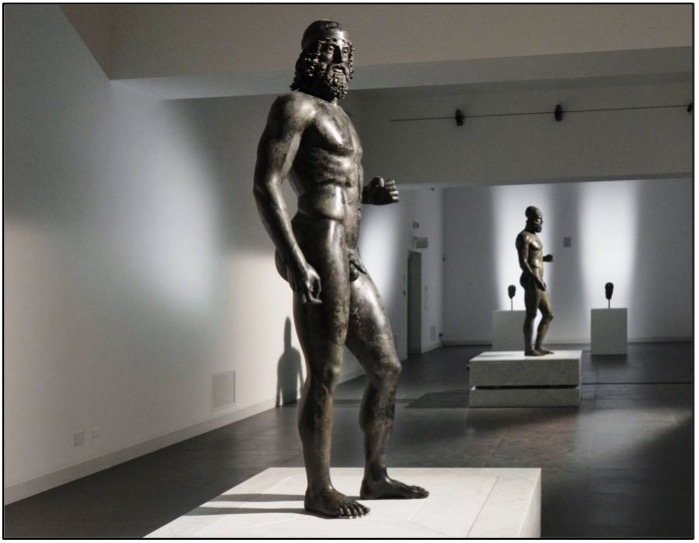
The Riace Bronzes: Treasures of Ancient Art
The two statues of Greek warriors, known as the Riace Bronzes, are among the most significant testimonies of ancient art in the world. Dating back to the 5th century BCE, these masterpieces were discovered in 1972 off the coast of Riace Marina. Their anatomical perfection, elegant poses, and intricate details make them a symbol of technical and artistic mastery.
Today, they are housed in the National Archaeological Museum of Reggio Calabria, a must-see for anyone wishing to immerse themselves in the splendor of Magna Graecia.

The Aragonese Castle: A Symbol of Strength and Culture
At the heart of the city rises the Aragonese C astle, a fortress that tells centuries of history. Its foundation dates back to the Byzantine era, but it was expanded by the Aragonese in the 15th century to protect the city from enemy incursions.
Today, the castle hosts exhibitions, cultural events, and conferences, providing a perfect blend of history and modernity. From its towers, visitors can enjoy a spectacular view of the city and its surroundings.
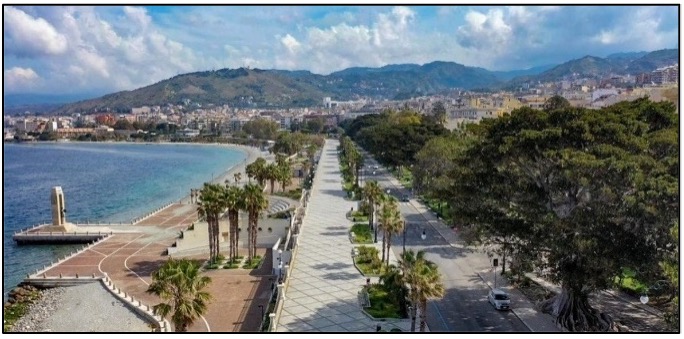
Seafront: The “Most Beautiful Kilometer in Italy”
Dubbed by Gabriele D’Annunzio as “the most beautiful kilometer in Italy,” the Seafront is an open-air museum. Dotted with Liberty-style buildings, sculptures, and monuments, the seafront offers a stroll through art and nature.
In the evening, the reflections of the city’s lights on the Strait’s waters create a magical atmosphere, perfect for a relaxing evening or a dinner at one of the many restaurants serving fresh seafood and local specialties.
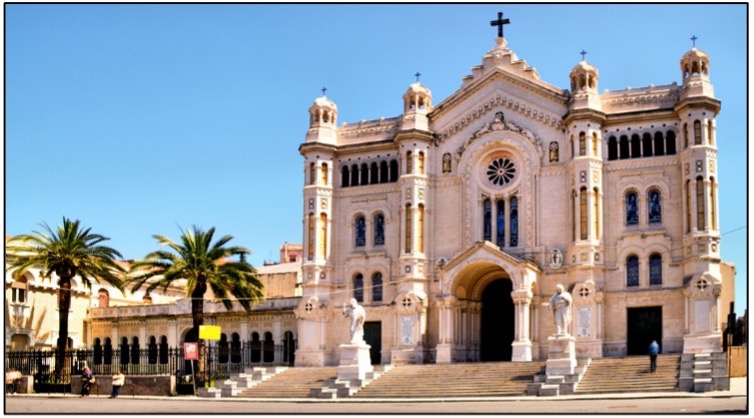
Reggio Calabria Cathedral: A Crossroads of Styles
The Cathedral of Maria Santissima Assunta is the largest church in Calabria. Rebuilt in the 20th century after the devastating earthquake of 1908, the cathedral preserves architectural elements from various eras, including the Gothic portal and precious mosaics.
Inside, visitors can admire the Chapel of the Blessed Sacrament, a true masterpiece of sacred art, and one of the largest pipe organs in Italy. The city also celebrates its heritage through annual festivals, such as the Feast of the Madonna della Consolazione, blending deep-rooted traditions with community spirit.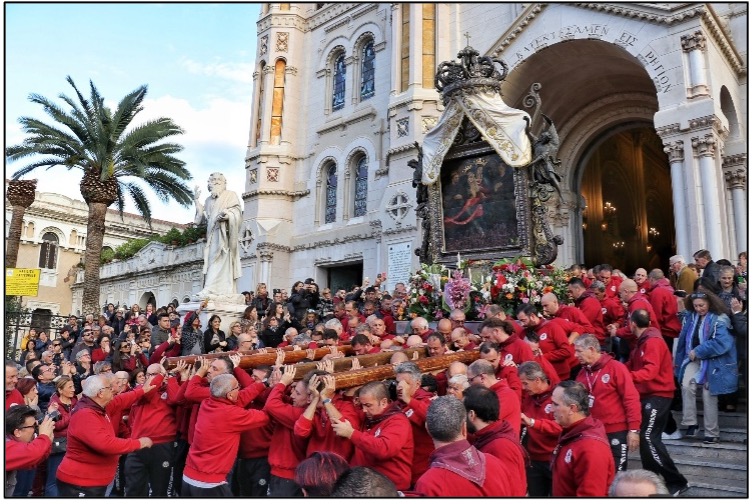
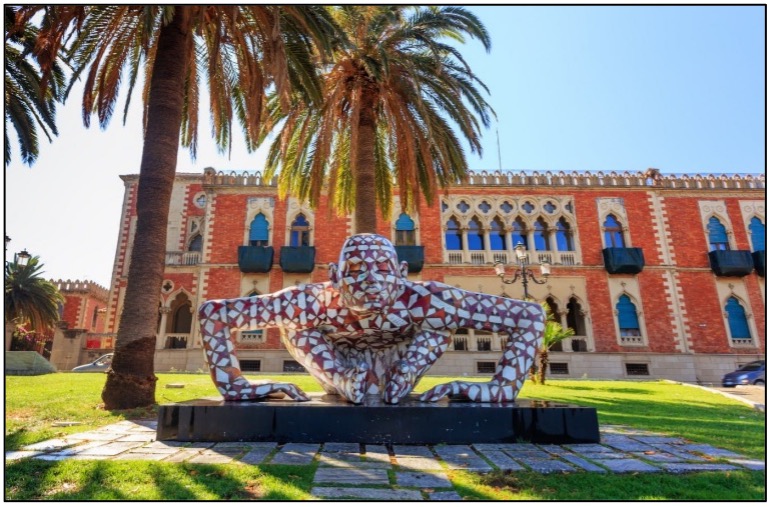
Villa Zerbi: Art and 19th-Century Elegance
Villa Zerbi is one of the most elegant buildings in Reggio Calabria. Built in the 19th century, the villa is a significant example of neoclassical architecture. Currently, it hosts contemporary art exhibitions, making it a gathering place for artists and enthusiasts alike.
Surrounded by meticulously maintained gardens, it offers a tranquil spot for relaxation and reflection.
Natural Beauty and Urban Life
Reggio’s urban landscape is equally enchanting, showcasing a harmonious balance between historic architecture and lush greenery.
The Ficus Magnolia trees, with their sprawling roots and expansive canopies, are among the most striking features of the seafront. These majestic trees, some of which are centuries old, create natural arches of shade, offering a serene retreat from the Mediterranean sun. Their grandeur is complemented by the vibrant flowers, manicured gardens, and elegant palm trees that line the promenade, infusing the area with colour and life throughout the year. Beyond the seafront, Reggio Calabria boasts an abundance of urban green spaces. Parks such as “Villa Comunale Umberto” provide residents and visitors with tranquil settings for relaxation and recreation. The villa is home to a diverse collection of botanical species, fountains, and sculptures, making it a perfect spot for leisurely walks or quiet reflection. In Reggio Calabria, the interplay between verdant spaces and urban life creates a refreshing atmosphere, inviting both locals and visitors to enjoy the city’s beauty in all its forms—whether through a peaceful stroll under ancient trees or a moment of rest in one of its picturesque parks.
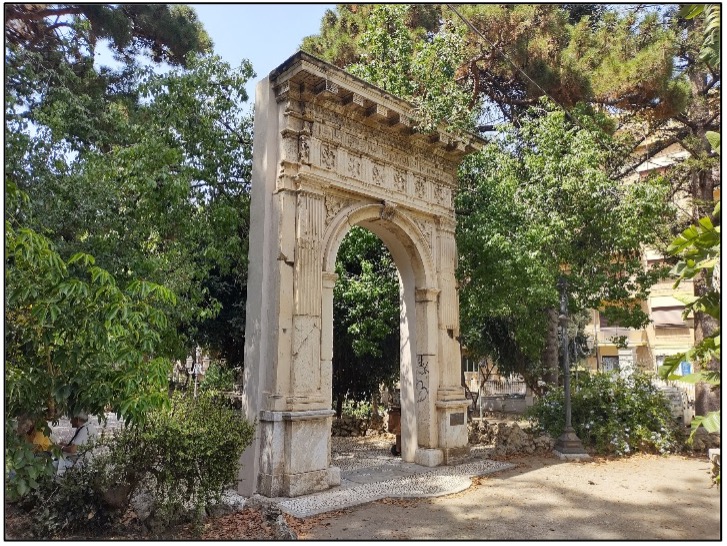
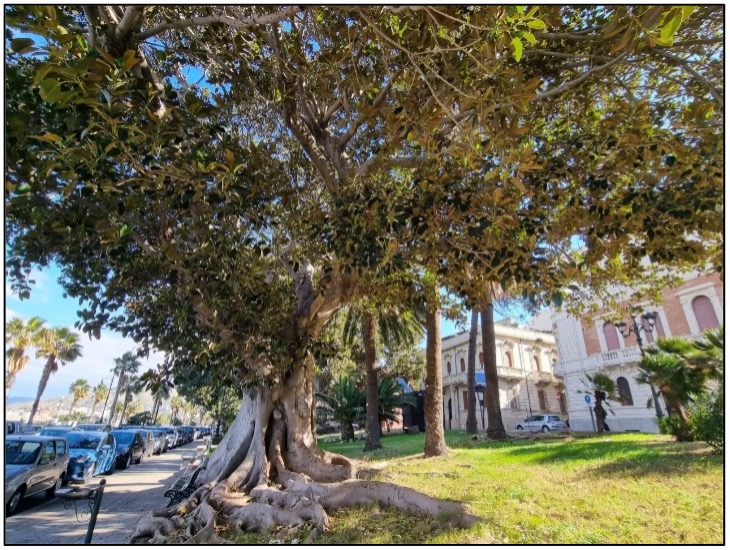
Discovering the surroundings of Reggio Calabria and its unmissable destinations
The areaa surrounding Reggio Calabria is a treasure trove of natural beauty, historic landmarks, and charming villages. From the rugged peaks of Aspromonte to the picturesque coastal towns, here are some of the most captivating places to discover near the city:
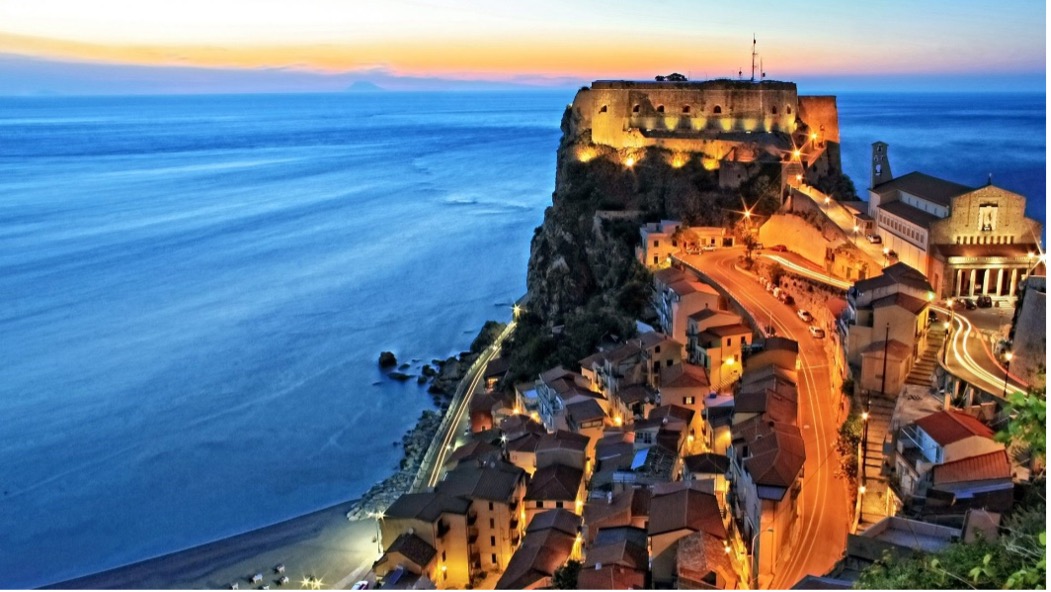 Scilla: Myth and Beauty on the Coast
Scilla: Myth and Beauty on the Coast
Just 22 kilometers north of Reggio Calabria, the enchanting town of Scilla is steeped in mythology and natural charm. According to ancient legends, this is the home of Scylla, the sea monster from Homer’s Odyssey. The town is divided into two areas: the beachside district of Marina Grande, known for its golden sands and crystal-clear waters, and the Chianalea, a historic fishing village with narrow streets and houses that seem to float on the sea. Towering over Scilla is the Ruffo Castle, offering panoramic views of the Tyrrhenian Sea.
 Pentedattilo: The Ghost Village
Pentedattilo: The Ghost Village
Nestled in the hills about 30 kilometers from Reggio Calabria, Pentedattilo is a hauntingly beautiful village built into the rock of Mount Calvario. Its name, meaning “five fingers,” comes from the shape of the mountain. Once abandoned, Pentedattilo has been partially restored and now hosts cultural events and festivals. The village offers a glimpse into Calabria’s past and a striking contrast to the bustling life of the city.
 Gambarie and Aspromonte National Park
Gambarie and Aspromonte National Park
A 40-minute drive from Reggio Calabria takes you to Gambarie, a charming mountain resort in the heart of the Aspromonte National Park. The park boasts dense forests, cascading waterfalls, and diverse wildlife, including wolves, eagles, and deer. It’s an ideal destination for hiking, skiing in winter, and enjoying breathtaking views of both the Ionian and Tyrrhenian coasts. Don’t miss the Montalto, the park’s highest peak, for a truly awe-inspiring experience.
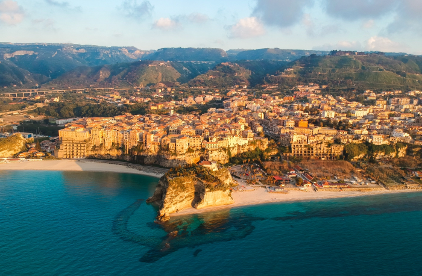 Charming Coastal Villages of Costa Viola
Charming Coastal Villages of Costa Viola
The Costa Viola, or Violet Coast, is a mesmerizing stretch of coastline that runs from Villa San Giovanni to Palmi, its name inspired by the violet hues that the sea and sky adopt during the magical moments of sunset. This area, where rugged cliffs meet turquoise waters, is a harmonious blend of natural beauty and cultural heritage, making it a must-see destination.
One of the jewels of this coastline is the prestigious Altafiumara Resort & Spa, located near Santa Trada. This elegant venue, surrounded by lush Mediterranean vegetation and overlooking the shimmering waters of the Tyrrhenian Sea, is where part of the AIIA 2025 Conference will take place. Nestled within the Costa Viola, the Altafiumara is a testament to the region’s ability to combine luxury with nature, offering visitors breathtaking views and a tranquil retreat.
The nearby towns of Bagnara Calabra and Palmi enrich the Costa Viola experience with their unique charm. Bagnara Calabra, famous for its culinary traditions and picturesque beaches, invites visitors to explore its vibrant streets and indulge in local delicacies such as torrone and freshly caught seafood. Further along the coast, Palmi captivates with its stunning Tonnara Beach, known for the dramatic Scoglio dell’Ulivo, a rock formation crowned by a solitary olive tree.
The Costa Viola, with its enchanting sunsets, vibrant towns, and serene locations like Altafiumara, offers a rich tapestry of experiences that blend natural beauty with cultural depth. Whether you’re attending the conference, exploring the coastline, or simply soaking in the Mediterranean atmosphere, this destination is sure to leave a lasting impression.
Reggio Calabria and its surrounding areas are ready to welcome you with the warmth and hospitality that define southern Italy. Attending the AIIA 2025 Conference will not only be an opportunity to enrich your professional knowledge but also to explore a stunning region that will captivate you with its beauty, rich culture, and authentic spirit.
